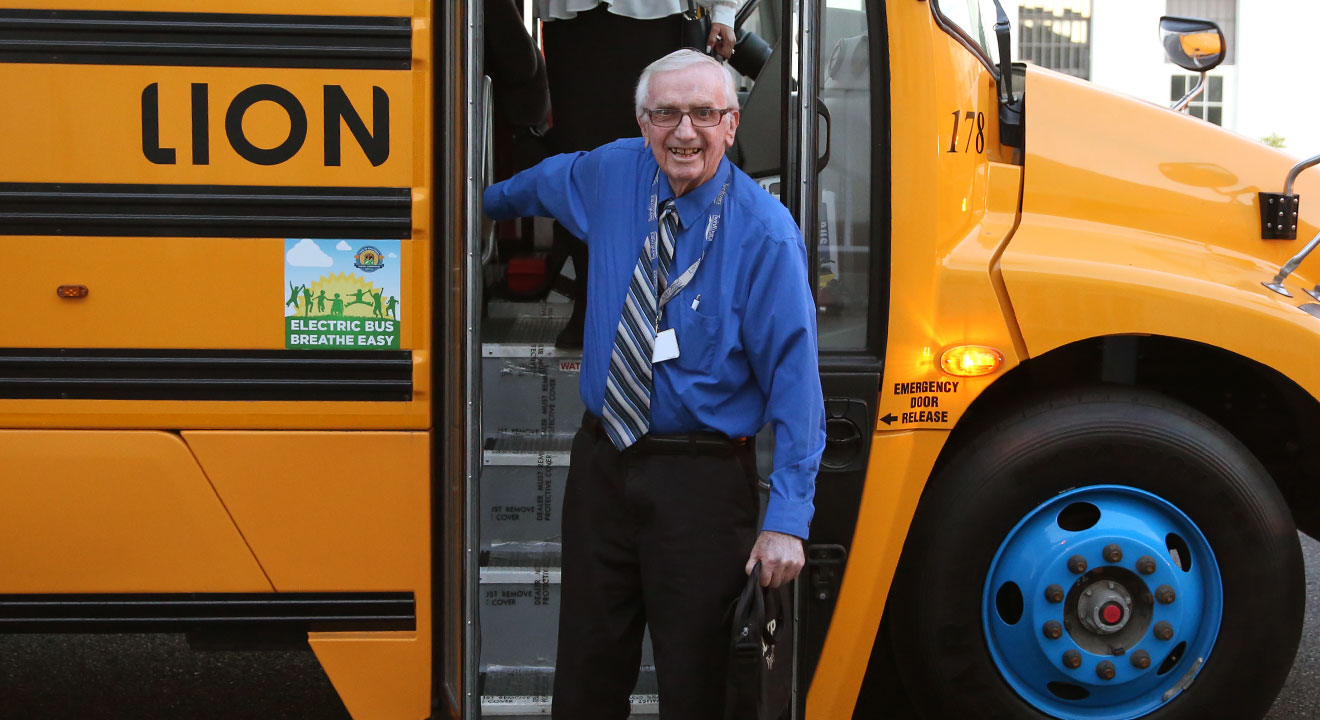 Capitol Public Radio runs an occasional series called “We Are Where We Eat,” about the food history of Sacramento County. Today, Elaine Corn takes a trip to Rio Linda, which for a time was the poultry-and-egg-capital of the Sacramento Valley.
Capitol Public Radio runs an occasional series called “We Are Where We Eat,” about the food history of Sacramento County. Today, Elaine Corn takes a trip to Rio Linda, which for a time was the poultry-and-egg-capital of the Sacramento Valley.
Michael Frisk is at his Rio Linda ranch kicking the dirt in an attempt to penetrate a geological blockade.
“This is hard pan,” Frisk says. “You can’t plow it up. It’s like clay. It’s river bottom. You can’t grow anything on it. You can’t grow anything in it.”
Hard pan is the scourge of Rio Linda’s earth. It’s an old compacted surface about 300,000 years old. Roots can’t penetrate it. Water just sits on it.

Unbeknownst to Frisk’s ancestors, this is what they would find under the land they’d bought — sight unseen — 92 years ago when they came West to plant fruit orchards. They weren’t alone. The same thing happened to the grandparents of Bob Bastian, now president of the Rio Linda-Elverta Historical Society.
“My mother’s side of the family came to Rio Linda in 1920 from Watertown SD to start a new life with the Suburban Fruit Lands Company to plant fruit trees,” Bastion says. “Most of the trees were dead within three years.”
The Suburban Fruit Lands Company was comprised entirely of Minnesota businessmen. They bought 12 thousand acres from the 1844 Del Paso Land Grant, then went back to Minnesota and sold off parcels for a profit. The company’s promotional brochures didn’t mention hard pan. But pictures showed a sunny Rio Linda with palm trees.
Joyce Buckland, author of a book about Rio Linda, says those palm trees were nowhere near Rio Linda. “Photographs of the palm trees that were in their brochures were actually photographed in Carmichael, CA,” she says.
On the advice of the University Farm, now UC-Davis, the new Rio Lindans decided that if they couldn’t grow much IN the dirt, they’d work on top of it.
They turned to chickens.
Visit the Capitol Public Radio site here to listen to and read the rest of the story.













